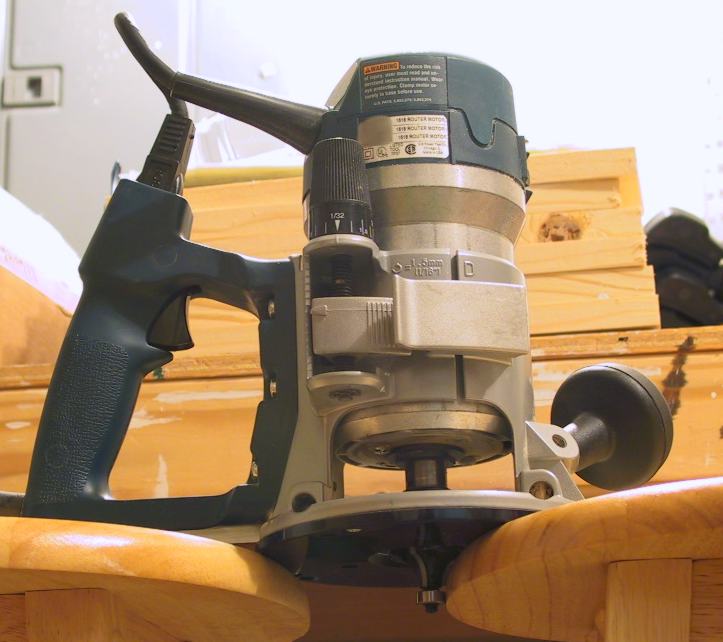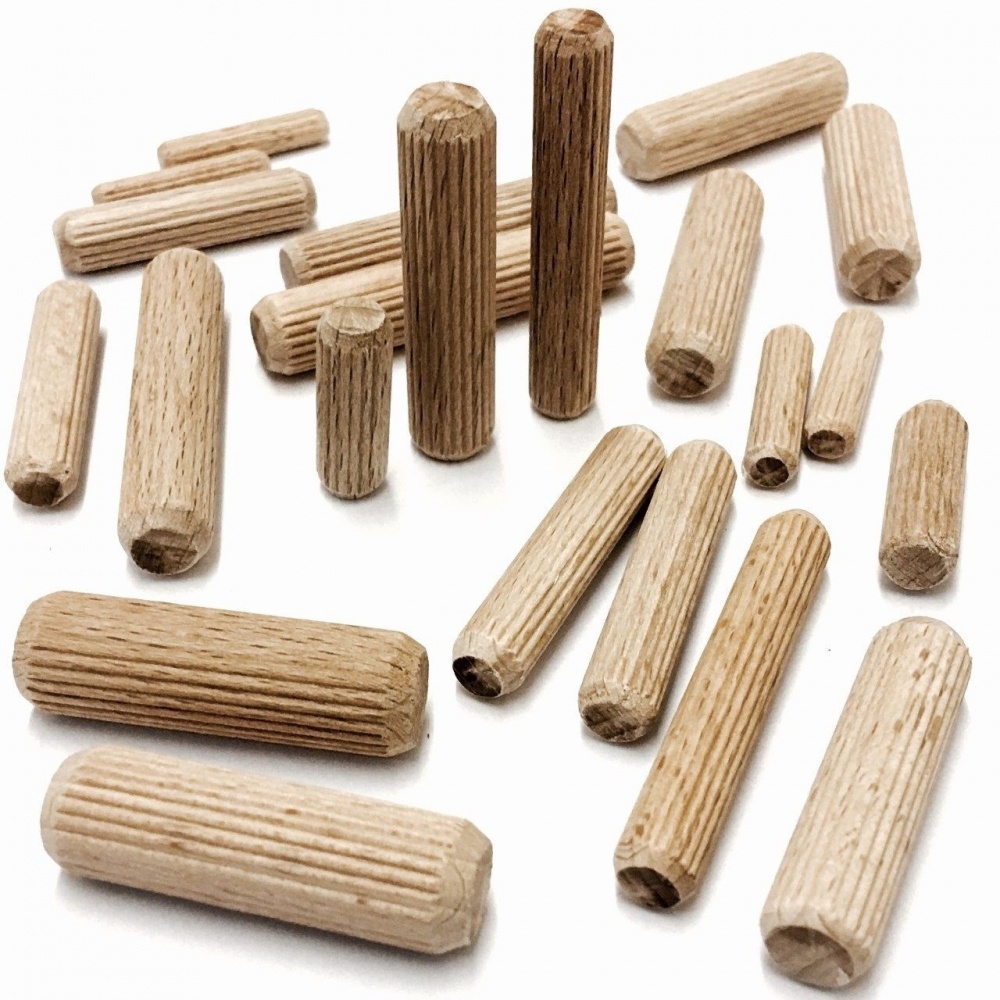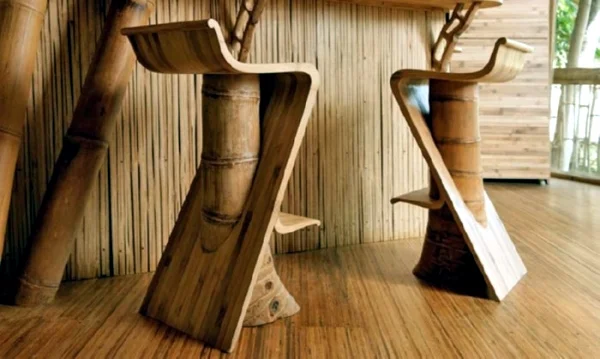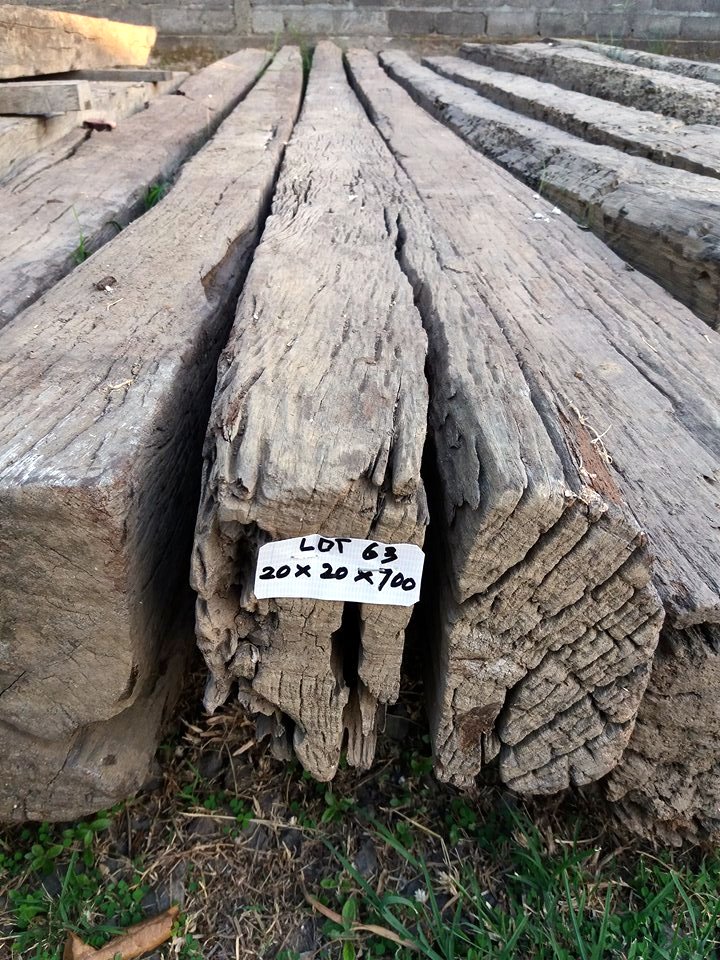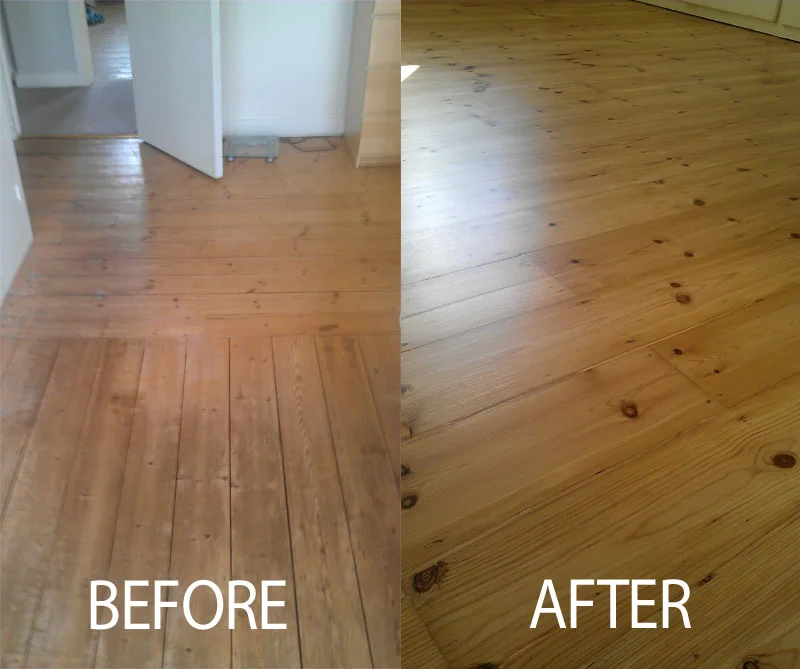Early antecedents: We know from the discoveries unraveled by great archeologist that, long before history was recorded, wood was utilized for tools, shelter, culinary items, decorative elements like jewelry and weapons. Important innovations in construction and craftsmanship complexity would, subsequently, await the availability of iron as durable than wood cutting edge. In the early biblical period, we know that tool technology and work schematics were advanced, supplying a concrete foundation for later developments.
Woodworking in ancient time
WOODWORKING IN THE MEDIEVAL TIMES: a look in to the past.
The renaissance and medieval period. Woodworking was considerably one of the many arts that emanates and attain a high degree of class during the said period. It was in the start of the middle ages ranging from 10th to 14th centuries, the woodworkers started to specialize different facets of the crafts. Hewers, sawyers, woodcarvers and carpenters are some of them. Today, several craft groups were formed to advertise the training of new workers and to save their specific disciplines as well as trade methods often become public and commercialized.
Development of tools. As woodworking became advanced, there developed a same, supporting technology in terms of tool making. First, woodworking tools were wooden-bodied incorporated with metal cutting edges. As of the moment, some of the most used tools are built in this manner. The dawn of middle ages paved way to the industrial revolution which basically made it probable to change the usual, manual operations with machines.
WOODWORKING IN OUR TIME: a look in to today.
This change was hindered in the late 19th century to early 20th century by an intense movement by crafts and arts guild in England, Russia, and the United States. The movers of this movements felt that woodwork produced by machine was demoralizing the worker and sought to highlight the dignity, individuality and creativity of the craftsperson.
In this day and age, two different paths seem to be emanating. A lot of woodworking professionals are replacing and upgrading their machines with computer-controlled and generated apparatuses. Among many crafters, there is aligned interest in traditional scheme, hand-cut joinery, carved embellishments, decorative inlay and lathe-work which are hand-turned.
WOODWORKING TOMORROW: A look in to the future.
Wood, efficiently maintained, is considered as a renewable material. Luckily in the recent years, there has been a modified awareness in the preservation of the globe’s equatorial rainforests, where tons of the most exquisite hardwoods as well as exotic species are found. Woodworkers are considered to be the most passionate of these preservationists. An entire subcategory of woodworking; that of using reclaimed wood gleaned from old houses, bridge timbers, and barns is slowly getting its limelight. Few materials showcase the durability, usefulness, efficiency and more importantly, beauty as a construction medium. As a seasoned woodworker would state, the satisfaction and pleasure obtained from practicing this rewarding and challenging craft cannot be compared.
Router
Picture from routerforum & wikipedia
Source: https://www.contemporarywoods.com/the-history-of-woodworking-and-furniture/


